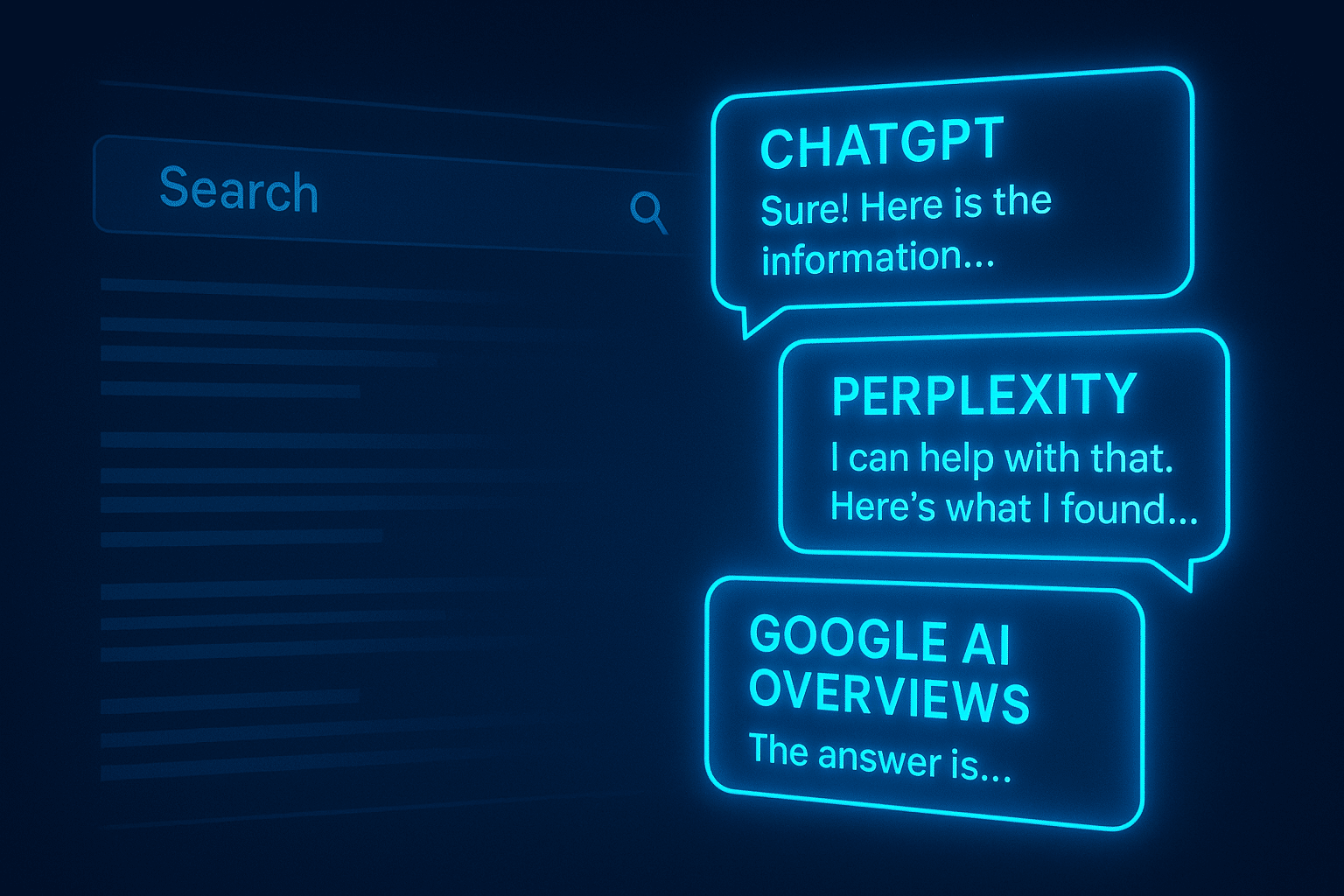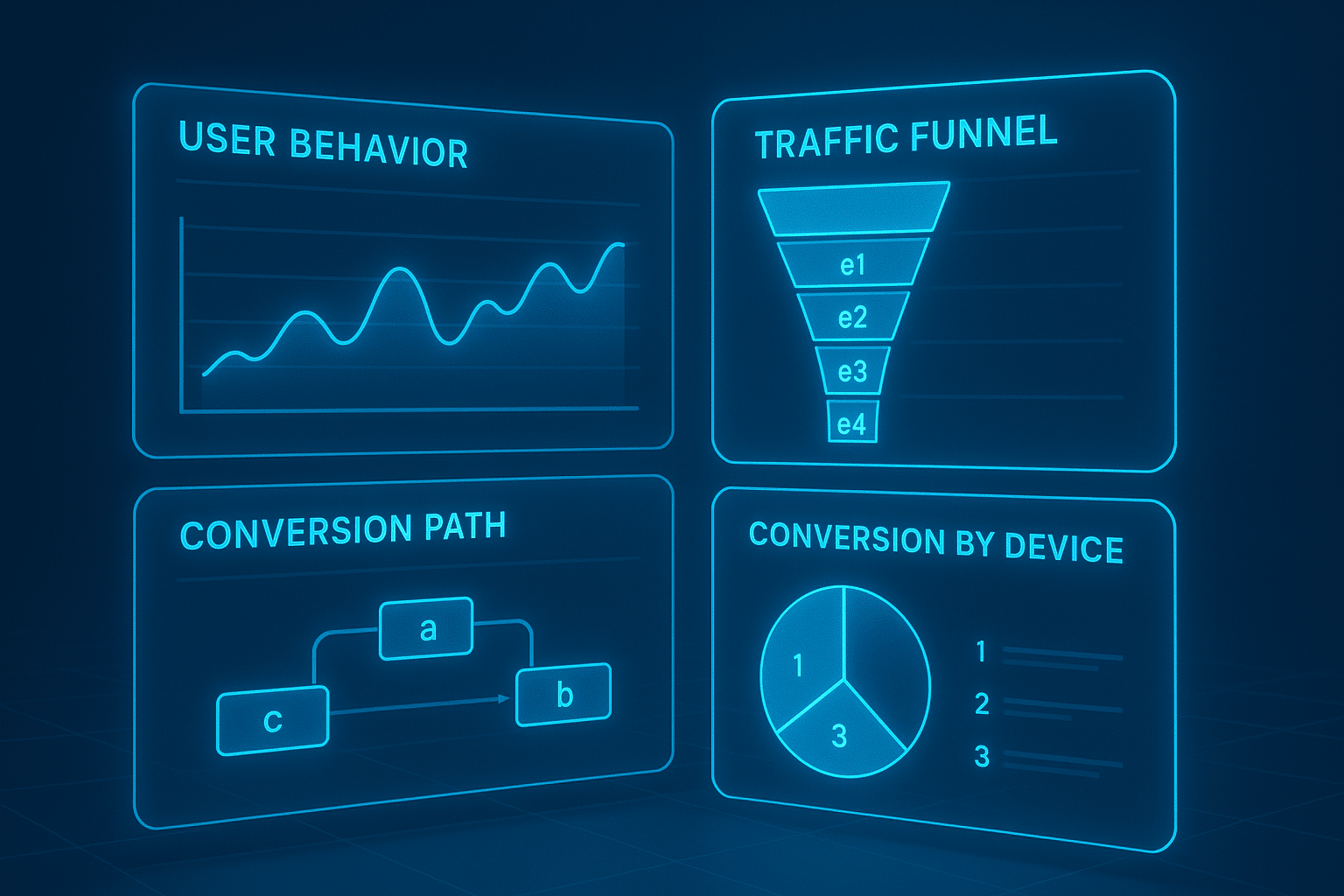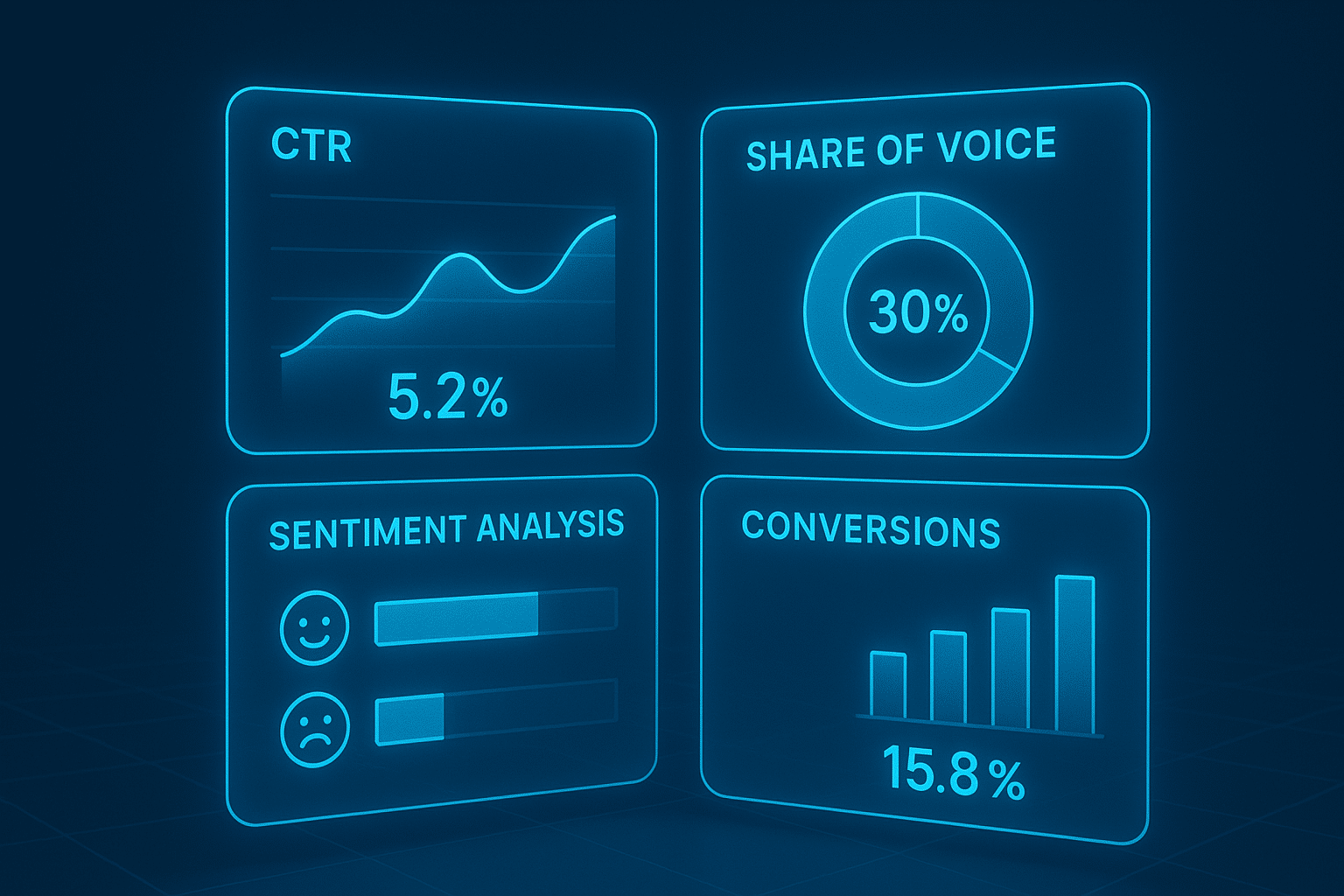Maximize Your Online Presence with the Search Visibility Tool
Introduction: Why Search Visibility Isn’t Just “Nice to Have”

Let’s cut through the fluff for a second. If your brand isn’t visible in search, it might as well not exist online. Harsh? Maybe. True? Absolutely.
Search engines—Google, Bing, DuckDuckGo (if you’re that person)—are basically the gatekeepers of the internet. And the cold reality is: if your site doesn’t show up when your audience is searching, someone else’s does. That means your competitor is getting the clicks, the traffic, the leads, the revenue.
This is where search visibility tools come in. They’re not just fancy dashboards with colorful graphs. They’re your secret weapon to see how you stack up, where you’re lagging, and how to climb higher in those search results.
Think of them as night-vision goggles in the battlefield of SEO. You’re not wandering in the dark—you’re spotting opportunities, weaknesses, and gaps before your rivals even know what hit them.
Search Visibility Tool: The Basics
So, what’s a search visibility tool in plain English?
It’s software that helps you figure out how “visible” your website is across search engines for the keywords that matter to your business. Instead of just checking if you rank for a single keyword like “best SEO agency,” you can track hundreds (or thousands) of keywords and roll them up into a visibility score.
👉 Example: Tools like SEMrush Visibility Index or Ahrefs Rank Tracker literally assign you a percentage that says: Here’s how much of the total possible organic traffic you’re capturing.
It’s kind of like a credit score for your SEO health. You might not obsess over every little movement, but if it tanks—you’re in trouble.
AI Search: The New Kid on the Block
Here’s the twist. Search isn’t what it used to be. It’s not just about the “10 blue links” anymore. We’ve got AI search engines (think ChatGPT with web browsing, Perplexity, and Google’s AI Overviews). These tools don’t just show you a list of links—they generate answers.
And that, my friend, changes the entire game.
Because if an AI-generated answer mentions your brand (or worse, doesn’t mention you at all), that affects visibility in ways traditional SEO tools don’t always measure yet.
Side note: If you haven’t tested whether your brand appears in Google’s AI Overviews or tools like Perplexity, stop reading this for two minutes and go try. Seriously. You might be shocked.

AI Visibility Tool: Beyond Traditional SEO
Now, let’s talk about AI visibility tools. These are newer compared to the classic search visibility trackers, but they’re exploding because businesses need to know:
Does my brand appear in AI-generated answers?
What context is my brand being mentioned in?
Are competitors outranking me in AI engines like ChatGPT or Claude?
Companies like Peec AI(tiny but growing fast) are offering exactly that—visibility tracking across AI platforms.
I’ll be blunt: not every tool is there yet. A lot of “AI visibility” tools are still beta, or overpriced dashboards without much actionable data. But the ones that work? They’re game changers.
Keyword Research: The Foundation (Still Matters)
AI this, AI that… but don’t get it twisted. Old-school keyword research is still the bread and butter of search visibility.
If you don’t know what people are searching for, you can’t measure visibility against it. Period.
Here’s my take:
And remember—sometimes the gold isn’t in the 10,000 searches/month keyword. It’s in those long-tail, hyper-specific searches that convert with “just a few clicks.”
AI Search Engines: The Big Shift
Let’s not sugarcoat this. AI search engines are coming for everyone’s lunch.
For brands, this means your website visibility is no longer just about ranking “position #1.” Sometimes your page isn’t even shown—it’s summarized.
👉 Which brings me to this fun little question: how do you optimize for visibility when an AI model decides how your brand appears? That’s the puzzle SEOs are trying to solve in 2025.
Google Analytics: Measuring What Matters

Old reliable. Google Analytics (GA4 now, whether you like it or not) is still your best friend for understanding:
Pro tip: Don’t just obsess over traffic volume. Sometimes a blog with 200 visits that converts at 5% is more valuable than one with 10,000 visits and zero conversions.
Side note: GA4’s interface is… let’s say “divisive.” If you hate it, you’re not alone. Tools like Plausible or Fathom are cleaner alternatives if you just need visibility data without the bloat.
AI Visibility: Not Optional Anymore
I’ll say it outright: AI visibility is the new SEO.
Think about it. If people are asking ChatGPT or Perplexity “What’s the best CRM for coaches?” and your brand doesn’t appear—you’re invisible. Doesn’t matter if you’re ranking #1 on Google.
So yes, traditional SEO is still alive, but it’s merging with generative engine optimization (GEO). That means:
Brand Mentions: More Valuable Than You Think
Here’s something a lot of marketers overlook: brand mentions (even unlinked) can boost your visibility.
Why? Because search engines (and AI engines) use them as a signal of authority. If people are talking about your brand—even without links—it still builds your online footprint.
Tools like Mention or Brand24 make it dead simple to track this.
Side note: I’ve had clients freak out about a bad mention in forums. But honestly? Even “negative” mentions sometimes help visibility because you’re still part of the conversation. Don’t panic—monitor, respond, and learn.
Key Metrics: Don’t Get Lost in the Noise

You know what drives me nuts? When marketers brag about vanity metrics. “We got 50,000 impressions last month!” Cool, but how many leads did that bring?
Here are the search visibility metrics that actually matter:
If your tool doesn’t give you this kind of visibility data, you’re flying blind.
Key Factors for Boosting Your Brand’s Visibility
Let’s rapid-fire through the biggies:
If this feels overwhelming, here’s the deal: pick ONE area, improve it, then move on. Visibility gains stack over time.
AI Model Insights: The Nerdy Side
Here’s where it gets spicy. Some AI models are starting to let marketers peek under the hood. With API access, you can actually test:
- How often your brand is cited in AI answers.
- What context it’s being cited in (positive vs negative).
- Whether competitors are being mentioned more frequently.
This is next-level competitive analysis. Imagine getting real-time data insights about how AI engines perceive your brand. That’s not the future—that’s happening now.
Brand Ranks: More Than Just Keywords
Yes, tracking brand ranks (how high your brand appears for branded searches) is important. But it’s not enough anymore.
What matters:
- Does your brand appear in AI search results when people ask category-level questions?
- Do you show up in rich snippets or AI-generated overviews?
- Are you ranking in local packs if you’re a service-based business?
Visibility is fragmented now. Don’t just obsess over position #1.
Wrapping Up: So, Which Search Visibility Tool is “The Best”?
I know you want me to drop the one perfect tool here. Sorry, not gonna happen. Because the “best” search visibility tool depends on your needs:
👉 The real secret isn’t picking the “best” tool. It’s knowing how to use it, track the right metrics, and actually act on the insights.
Because tools don’t build visibility. Strategy + execution does.
Final Thought
Search visibility is no longer just about search engines—it’s about AI engines, brand mentions, and user trust.
If you’re serious about online success, you need to track it all: SEO rankings, AI responses, and visibility across multiple platforms. The right tools and tips help, but at the end of the day… it’s your strategy that makes the difference.
So ask yourself: does your brand appear where it matters most? If not, maybe it’s time to stop lurking in the shadows and step into the spotlight.
